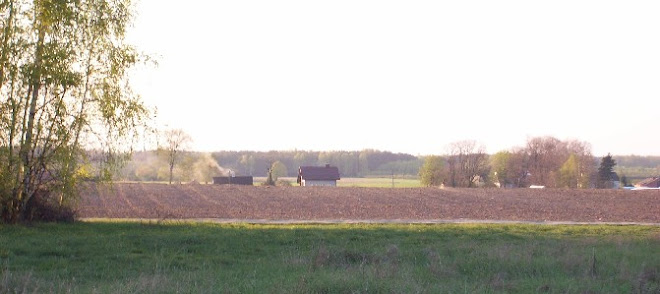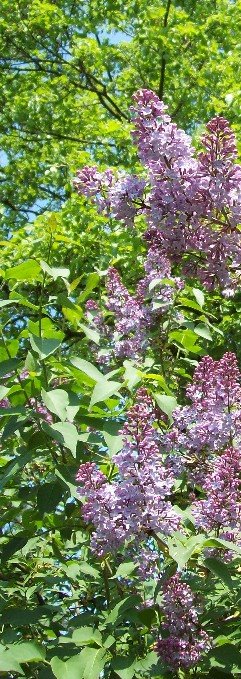 I found these mushrooms growing not far from the bonfire spot at the farm last time I was there at the end of October. Now are they the yummy parasol mushrooms or their toxic impersonators, death caps? I love wild mushrooms but I cannot tell the edible ones from the poisonous and so I don't pick them at all. When my family pick and cook some, then invite me to try a yummy looking mushroom stew, I always ask if they have already eaten it and how many hours ago that was. I say it as a joke but at the back of my mind I remain a bit worried if I'm not setting myself up for a slow painful agony by mushroom poisoning.
I found these mushrooms growing not far from the bonfire spot at the farm last time I was there at the end of October. Now are they the yummy parasol mushrooms or their toxic impersonators, death caps? I love wild mushrooms but I cannot tell the edible ones from the poisonous and so I don't pick them at all. When my family pick and cook some, then invite me to try a yummy looking mushroom stew, I always ask if they have already eaten it and how many hours ago that was. I say it as a joke but at the back of my mind I remain a bit worried if I'm not setting myself up for a slow painful agony by mushroom poisoning.I was braver as a child. When I was a scout, I once found a couple of huge mushrooms certainly resembling parasol mushrooms... but since I had never seen death caps, I wasn't quite sure. They looked so appetizing! I fried them in butter and ate them, irrationally assuming it was just impossible that my fate was to die that young on a sunny afternoon, camping out in the gorgeous woods.

Parasol mushroom (Macrolepiota procera)
I wouldn't take such a risk today but I still remember how tasty those mushrooms were. I'd like to eat them again! They are never sold, mind you, because they are very soft and delicate and therefore highly perishable. You can only pick them yourself when you happen to stumble upon them. So I decided to once and for all learn how to tell parasol mushrooms from their deadly counterparts death caps.
Having consulted the internets, including wikipedia, I can confirm with pleasure that the above specimens I photographed at the farm are the delicious parasol mushrooms. Best fried in butter.
To be death caps, they would have to display two features: 1. just below the cap, a skirtlike, floppy annulus, firmly connected with the mushroom's stipe, 2. a volva, often torn into pieces, from which the stipe emerges.

Death cap (Amanita phalloides)
On parasol mushrooms, the annulus resembles a loose ring which can be moved up and down along the stipe, while the volva is not present at all - the stipe is only thicker at the bottom where it meets the ground.
Other features, like the greenish color of the cap on death caps can be misleading because sometimes the green whitens almost into nonexistence. Also, death caps are generally smaller in size that parasol mushrooms (both cap and stipe).
I am looking forward to a delicious fried meal - probably next summer, I think it's too cold for new mushrooms to still appear this year.


No comments:
Post a Comment